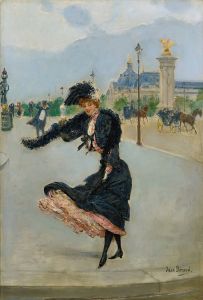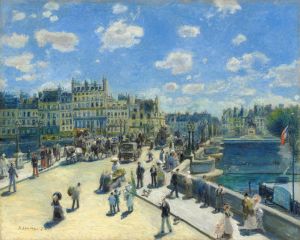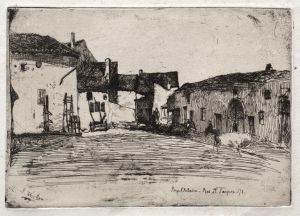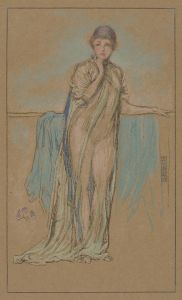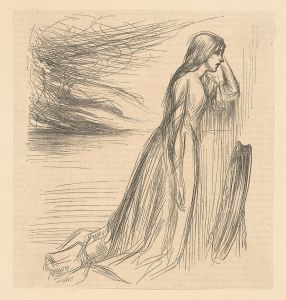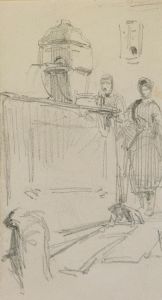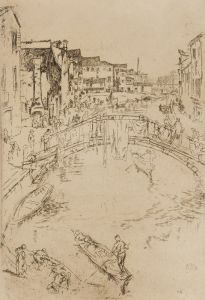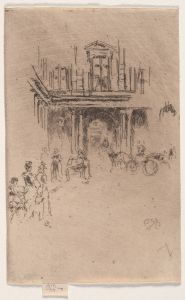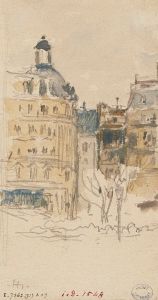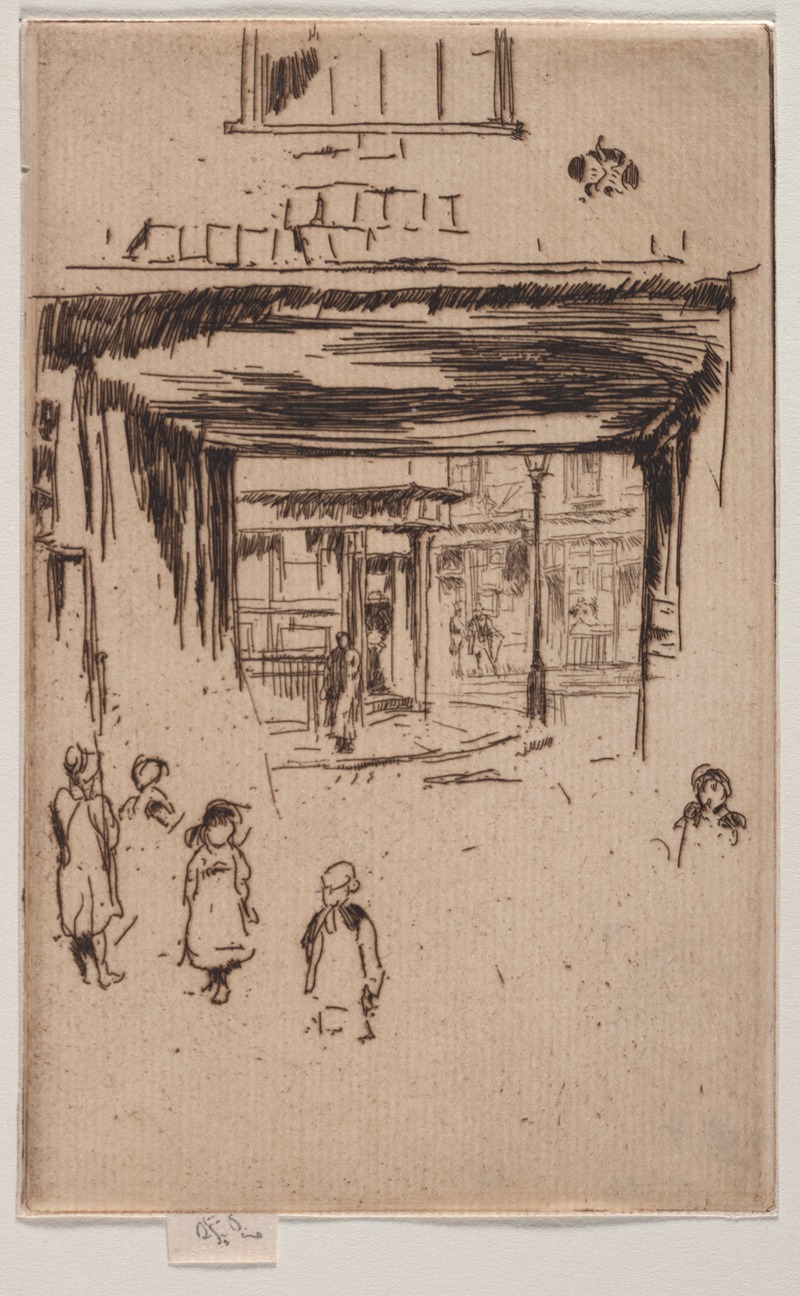
Drury Lane
A hand-painted replica of James Abbott McNeill Whistler’s masterpiece Drury Lane, meticulously crafted by professional artists to capture the true essence of the original. Each piece is created with museum-quality canvas and rare mineral pigments, carefully painted by experienced artists with delicate brushstrokes and rich, layered colors to perfectly recreate the texture of the original artwork. Unlike machine-printed reproductions, this hand-painted version brings the painting to life, infused with the artist’s emotions and skill in every stroke. Whether for personal collection or home decoration, it instantly elevates the artistic atmosphere of any space.
James Abbott McNeill Whistler, an American artist active during the late 19th century, is renowned for his contributions to the Aesthetic Movement and his innovative approach to art. One of his notable works is "Drury Lane," a painting that captures the essence of a bustling street in London. Whistler's work is characterized by its focus on mood and atmosphere, often prioritizing these elements over detailed representation.
"Drury Lane" is a part of Whistler's series of works that depict urban scenes, showcasing his fascination with the interplay of light and shadow in cityscapes. This painting reflects Whistler's interest in capturing the transient effects of light and the dynamic nature of urban life. His technique often involved a limited color palette and a focus on tonal harmony, which is evident in "Drury Lane."
Whistler's approach to painting was heavily influenced by his belief in "art for art's sake," a principle that emphasizes the intrinsic value of art, independent of any didactic, moral, or utilitarian function. This philosophy is reflected in "Drury Lane," where the emphasis is placed on the aesthetic experience rather than a narrative or historical context.
The painting is executed with Whistler's characteristic subtlety, using delicate brushwork to convey the atmospheric effects of the scene. The composition likely features figures and architecture rendered in a way that suggests movement and life, yet without the precise detail that would detract from the overall mood. Whistler's use of color and tone in "Drury Lane" would have been carefully considered to evoke a specific emotional response from the viewer, aligning with his broader artistic goals.
Whistler's work, including "Drury Lane," was often met with mixed reviews during his lifetime. While some critics appreciated his innovative techniques and focus on aesthetics, others were less receptive to his departure from traditional representational art. Despite this, Whistler's influence on the art world was significant, and his work paved the way for future movements that prioritized abstraction and the exploration of visual perception.
"Drury Lane" serves as an example of Whistler's ability to capture the essence of a place through his unique artistic lens. It reflects his mastery of composition and his commitment to creating art that transcends mere representation. Today, Whistler is celebrated as a pivotal figure in the transition from 19th-century realism to modernist abstraction, and works like "Drury Lane" continue to be studied for their innovative approach to capturing the urban experience.
While specific details about the painting's current location or provenance may not be widely documented, Whistler's legacy endures through his contributions to the art world and his influence on subsequent generations of artists. His work remains a testament to the power of art to evoke emotion and convey the beauty of everyday life through a refined and thoughtful approach.





